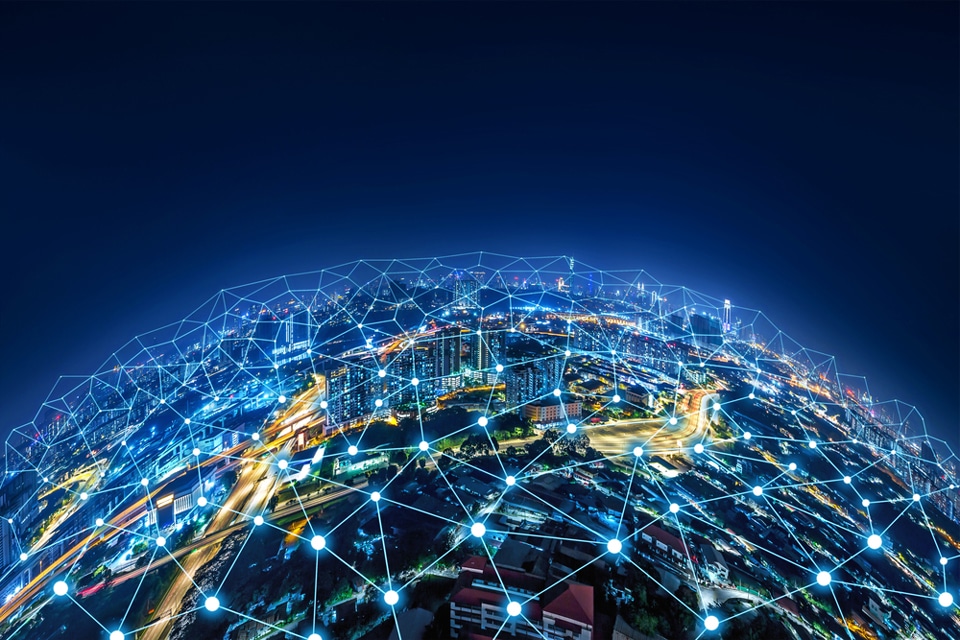Business Security: Is SASE A Good Choice For Your Business?

Security Access Service Edge, or SASE, can help CEOs stop ransomware attacks, reduce lag for remote employees, facilitate compliance, and more. SASE is an architecture that combines the capabilities of several networking and security solutions. To name a few, its functionality includes Zero Trust Network Access, advanced threat prevention, and Firewall as a Service.
The capabilities of the model and how it’s implemented will vary depending on the vendor. But the core idea remains the same — retain strong security without compromising on the performance of the network.
Why does SASE matter to modern cloud-based infrastructures, how does it cut costs and stop hacking activity early? And is it the right choice for your business?
1. Why Is SASE Important Today?
SASE facilitates the scaling of security as a company grows, as more technology is integrated within the infrastructure and more people use the network at the same time.
This follows three realities of any business operating today:
- Remote work shapes the future of work
- Companies are up against more cyberattacks than ever before
- Your organization will scale, and the infrastructure needs to be ready for it
Company growth, having remote teams, and branching the business globally requires a cloud-based network.
Such infrastructure also has to be thoroughly protected against cyber attacks and continually optimized for a better user experience. The network has to keep users safe from possible data theft and malicious intruders regardless of where they connect to the network in the world.
The increased complexity of the networks and infrastructures comes with a large number of security tools that protect the business from versatile cyber threats.
Businesses deploy a lot of security solutions. They have to be continually managed, and their data has to be analyzed by security teams.
Cloud-based environments that most companies have today seek different approaches to both networking and cybersecurity. Traditional solutions don’t cut it anymore — they’re not designed to support and continually secure modern architectures.
SASE provides a more cost-effective, less complex, and more flexible alternative to old security solutions.
2. How Does SASE Cut Costs?
As a cloud-based technology, SASE doesn’t require the expensive hardware that traditional security is known for.
Multiple solutions are neatly packed in one model and managed from a single dashboard. This means that a business doesn’t have to purchase them separately (at a higher cost).
Cyber attacks cost companies more every year.
By having all the solutions in one place, security analysts can consult one interface to detect and stop threats early — nipping the high cost of the attack in the bud.
SASE also includes advanced AI-powered threat prevention.
As a result, teams have the tool that helps them mitigate incidents before they escalate and result in major reputational and financial damages.
3. How Does SASE Prevent Hacking and Data Breaches?
Besides improving the performance of the network, SASE helps companies to:
- Meet compliance
- Prevent data loss
- Detect illicit access to the account
- Block malicious traffic within company networks
What does that mean, exactly, in practice?
For example, SASE can prevent costly ransomware attacks. As you know, once a ransom message appears on your screen, ransomware will, in most cases, do irrevocable damage to your finances and reputation.
At the point that the attacker contacts the company, the attack is essentially over. The malware encrypts the files, and only the hacker can restore the access. If you don’t have backups, there’s a high chance your data is lost.
For the latest strains of ransomware, the ransom message that demanded payment to regain access to infrastructure or sensitive data meant that the hacker already collected sensitive data and locked your documents.
SASE double-checks anyone trying to access the network, thoroughly combs through malicious traffic, and makes the hacker pass multiple layers to get to the sensitive data.
It stops the attack and prevents the hacker from deploying the malware in the first place.
4. Would Your Infrastructure Benefit From a SASE Model?
Not every company has the resources to transition to this network and security model.
The businesses that will get the most out of this model are those whose infrastructures are getting complex. Such companies are cloud-based and need more flexibility as they scale. SASE is ideal for:
- Large enterprises
- Remote companies
- Global businesses
- Companies that need to meet compliance
- New companies/startups
That is, it’s designed to keep the security standard high within the complex cloud environments of modern and growing businesses.
On the other hand, keep in mind that the SASE model may require you to alter and adapt your infrastructure.
While this is a cost-effective way to scale security and retain great connectivity, it does require an initial investment — especially if you’re working with legacy infrastructures. Not all companies are ready for such big changes.
It might be overkill for your needs as a very small business that predominantly relies on on-premise infrastructure or can protect its assets with other, more basic security solutions.
Therefore, SASE may not be the best solution for:
- Small businesses with tight budget constraints
- Companies whose infrastructure heavily relies on legacy and on premise-solutions
- Organizations with limited IT spending
Having High Performing Network and Securing it Too
In a nutshell, while the SASE solution is not the right fit for very small businesses with tight budgets, it makes a major difference for enterprises and growing companies that are operating remotely.
SASE is a model that can reduce a company’s costs, improve security, and support you as your business evolves and scales beyond the existing infrastructure.
It can help you adhere to compliance at all times, protect sensitive data that you gather within the company, avoid the frustration caused by lagging networks, and prevent hackers from gaining illicit access to your systems.
At the end of the day, it gives you peace of mind when you worry about a possible cyber attack or data breach. And it leaves you assured that you’re scaling an infrastructure that will give your remote employees a great user experience.
Have you read?
Report: Türkiye Citizenship by Investment Programme, 2023.
Report: Vanuatu Citizenship by Investment Programme, 2023.
Report: CEO approval rating index, 2023.
PR for CEOs is Critical for Brand Success: Top PR Firms for CEOs.
Report: Top CEOs With The Highest Average Yearly Bonus, 2023.
Bring the best of the CEOWORLD magazine's global journalism to audiences in the United States and around the world. - Add CEOWORLD magazine to your Google News feed.
Follow CEOWORLD magazine headlines on: Google News, LinkedIn, Twitter, and Facebook.
Copyright 2025 The CEOWORLD magazine. All rights reserved. This material (and any extract from it) must not be copied, redistributed or placed on any website, without CEOWORLD magazine' prior written consent. For media queries, please contact: info@ceoworld.biz








